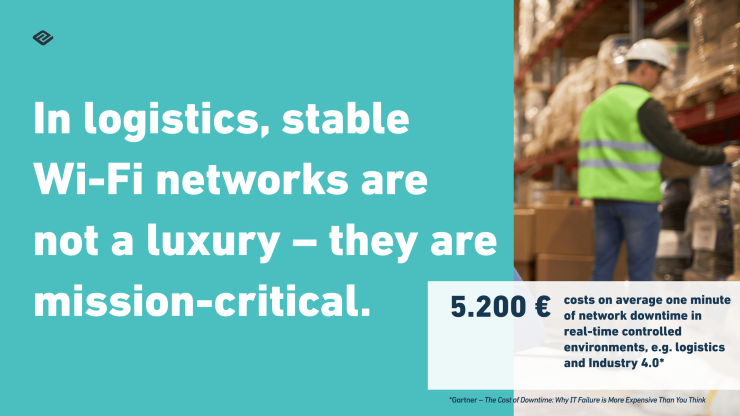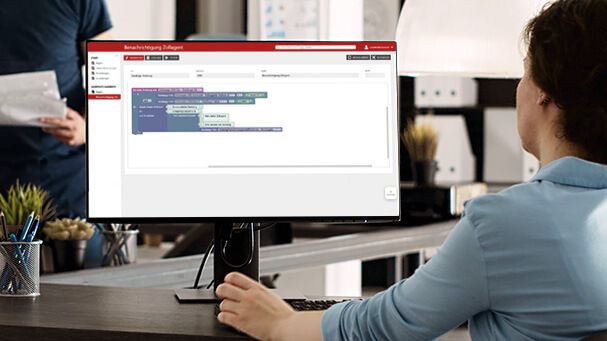Network planning is particularly important in logistics. It may be enough to use an inexpensive access point at home, and many people don’t take the configuration too seriously. However, the situation is different in an industrial environment: If the Wi-Fi and therefore the data exchange does not work reliably, employees in the warehouse and on the yard, for example, will not be able to work properly. It is therefore worth prioritising the aspects of performance, security and support and commissioning an IT service provider. This will also ensure the scalability of the Wi-Fi.
It is generally advisable to carry out regular reference measurements in logistics halls. After all, a change in the inventory on the shelves or in the layout of the warehouse can quickly lead to the signal no longer arriving correctly. Often, just a few adjustments will ensure that the Wi-Fi coverage in the warehouse is maximised. Whether you're planning a new Wi-Fi network or optimising it, you’ll always receive the right support and can look forward to high-performance Internet with a comprehensive signal. This way, the scanner will work even in the furthest corner!




